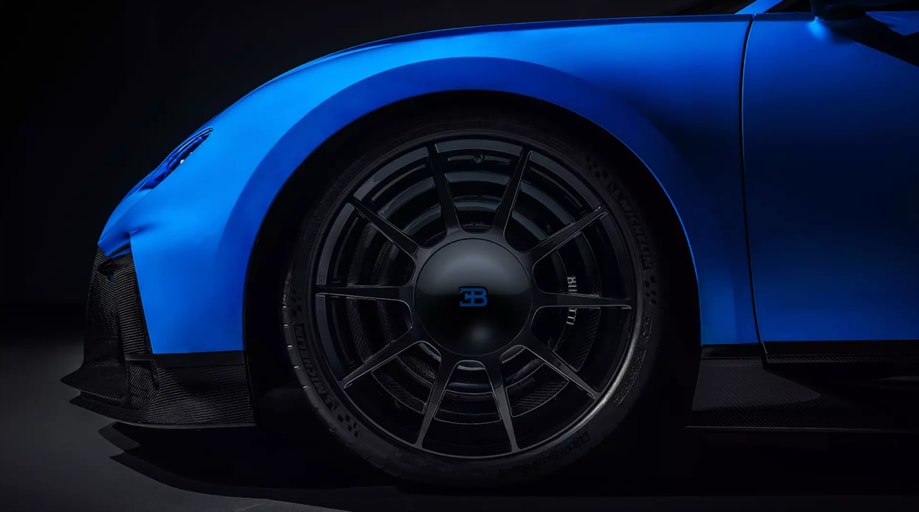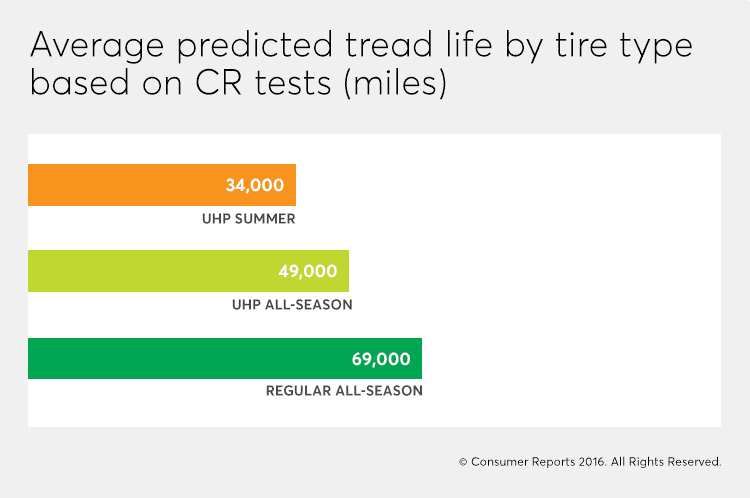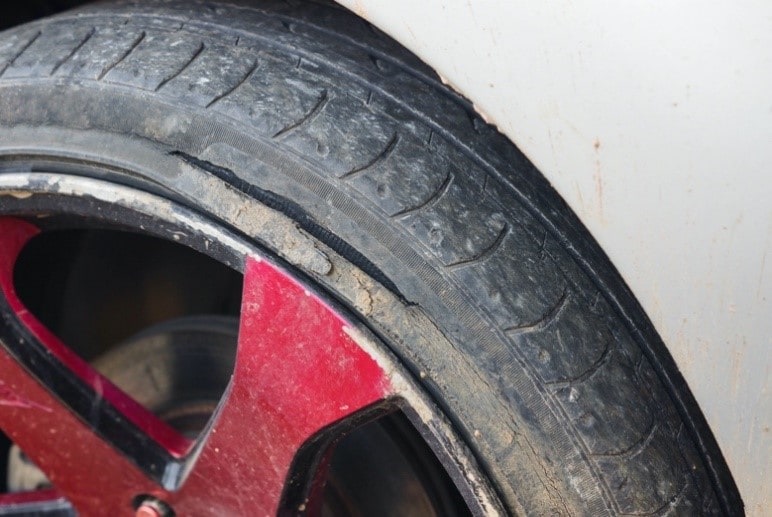Your tires put you in direct contact with the road. Unfortunately, when you have old, tattered tires, problems such as blowouts and bad traction are just a few of the troublesome things that can happen. Needless to say, it’s incredibly important for you to keep track of your supercar’s high performance tires so you can avoid these dangers.

Typically, there are a few indicators that can help you determine if you need new tires or not. For instance, tires should be replaced if they show uneven wear or have visual signs of sidewall cracks and gouges. If your car constantly shakes, that could also be a symptom of tire failure. And, of course, tires that are no longer under warranty should be recycled.
But what about your Bugatti’s performance tires? How long do they last and when do you know they’re ready to be buried in the rubber graveyard? Here are some signs to look out for.
Ultra High Performance Tire Lifespan
Your Bugatti tires won’t last as long as standard, everyday car tires. In fact, the average lifespan of a common tire is around 70,000 miles, whereas performance or ultra-high-performance (UHP) car tires can last as little as 30,000 miles.

Source: consumerreports.org
Why? Performance tires for sports cars feature unique tread patterns and are constructed with soft rubber compounds to enhance driving precision, responsiveness, and traction. Because of their unique construction, UHP tires heat up and cool down faster than standard tires. Your Bugatti is a torque machine, which means your performance tires will be changing temperatures far quicker and more frequently, resulting in their shorter lifespan. Essentially, performance tires are built for speed, not longevity.
The top signs you need new R-Compound or UHP tires are:
- You’re losing grip in the cold
- You live in a true four-season area, with extreme summers and winters
- The ride and handling are rough and noisy
- Even after tire rotations, you’re still feeling “vehicle pull”
- You’ve hit a curb and see visible, deep scuffs on the sidewall
- Hydroplaning and skidding, which can be a sign of bad UHP tire tread depth
- Hysteresis is too high or too low
Read more about common symptoms of failing tires below.
Tires with uneven tread wear
Uneven tread wear can come from over- or under-filling your tires or from improper alignment. Be sure that you are regularly checking your tire pressure. This is a great and simple way to ensure your tires stay up-to-date and to determine whether or not you need new ones.
A certain amount of vibration is unavoidable while driving, especially on beat-up roads. But if you’ve been driving for a while, you know how much vibration your car should be experiencing.
There are several reasons as to why your car vibrates, including misalignment and broken shock absorbers. A shaking car could also be an indication that one of your tires has lost too much tread, which can be caused by missed tire rotations or constant underinflation. Regardless of what abnormal vibration you’re experiencing with your car, you need to get it into the shop ASAP.
How to check your tire tread
It may seem like an understatement but driving on performance tires with low tread is quite hazardous. Use the Penny Test to see if you need new UHP tires. With President Lincoln’s head pointed downward, insert a penny into the grooves of your tire tread. If any part of Lincoln’s head is hidden by the tire tread, your tires are likely fine. If not, your tread is far too shallow, indicating that it is time for a replacement.
If you do choose to replace one tire with low tread, consider replacing the whole set. This can have an impact in your tires’ overall lifespan. Ask the staff at your tire shop or service center for advice.

Sidewalls are cracked or gouged.
Not all problems with the tires are going to be found within the tread, but they can also appear in the sidewall. Sidewalls can get worn down over time from natural aging or even driving in the rain. Poor alignment can also have something to do with cracked sidewalls. Either way, cracks in your performance tires can lead to a blowout, resulting in an accident at high speeds – not a good scenario, to be sure.
Look for any sign of cracks or cuts in the sidewall, which will appear as distinct grooves visible to the naked eye. These could be signs that your tire is developing a leak or ready to pop. Get your car to the tire repair shop. Better safe than sorry, right?
Get new UHP tires at Braman Bugatti in Miami
You should get your Bugatti’s race-compound or performance tires checked regularly by a service center that specializes in supercar repairs. In Miami, that’s Braman Bugatti.
We employ Bugatti service experts who can help you with your every need. Additionally, if you’re a member of the Braman ‘Q’ Quintessential program, we offer additional service perks, such as picking up and delivering it to our Miami Bugatti service center. Contact us or visit our Bugatti dealership at 2060 Biscayne Blvd to shop performance tires for your supercar today.